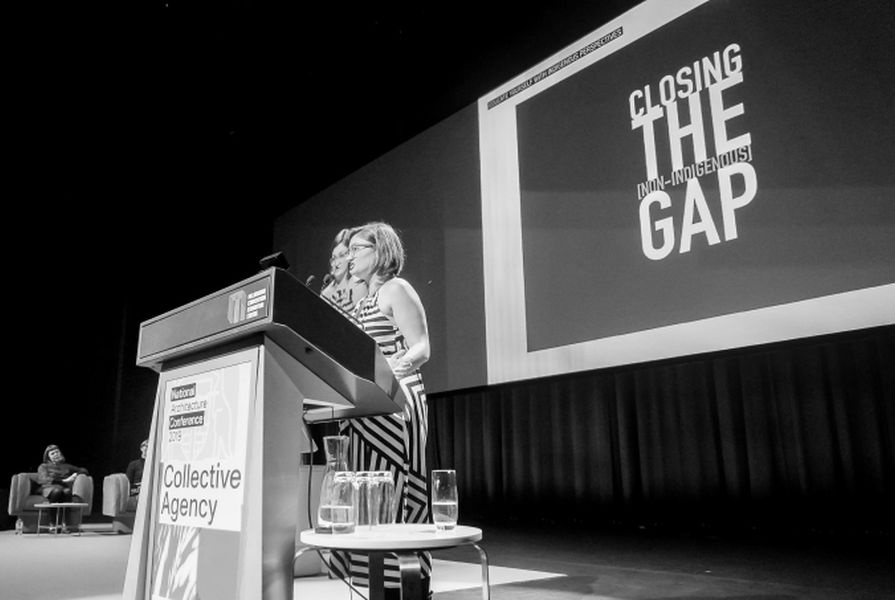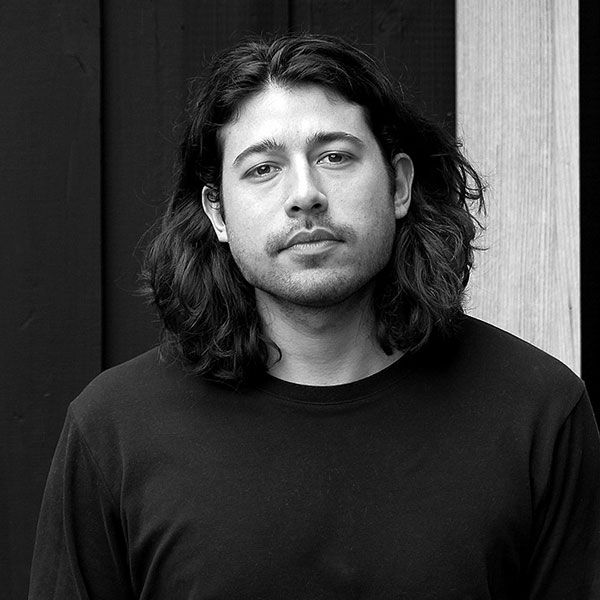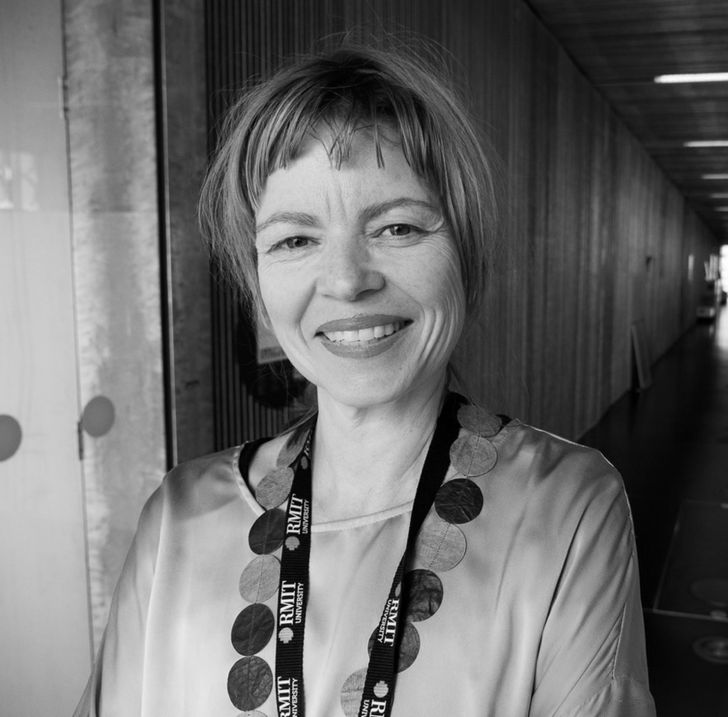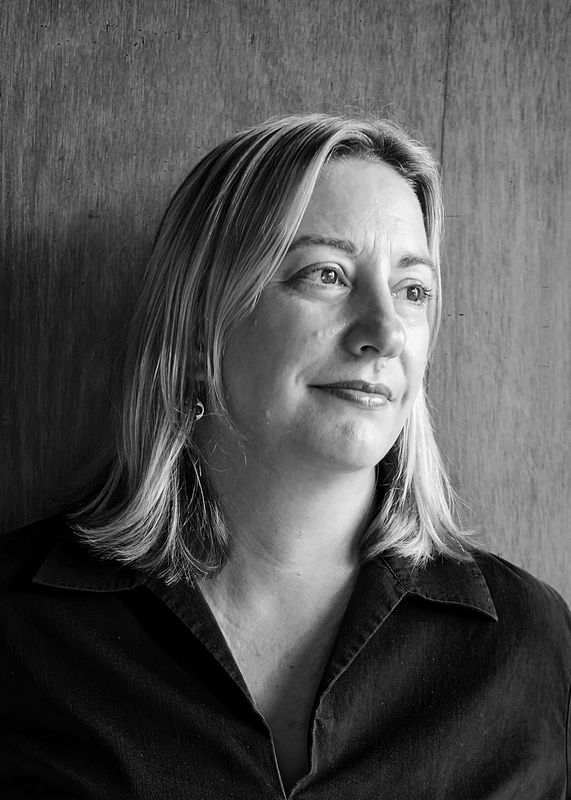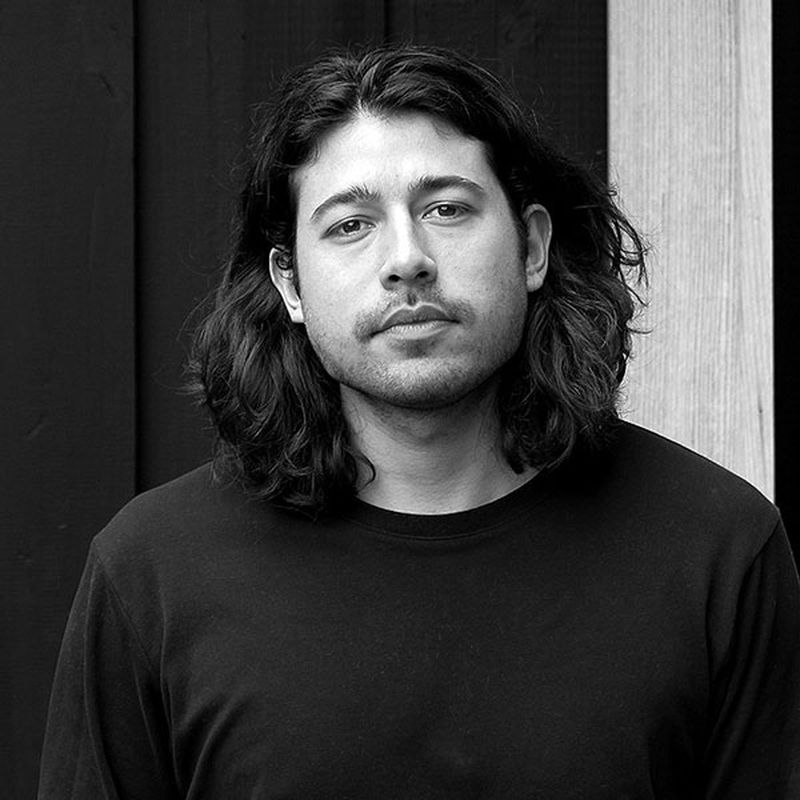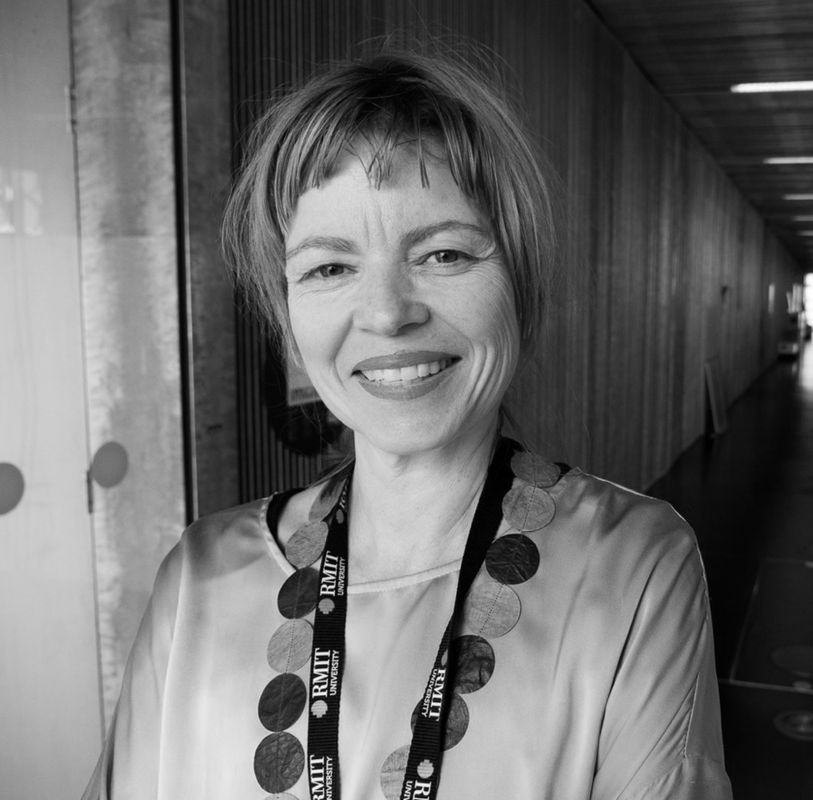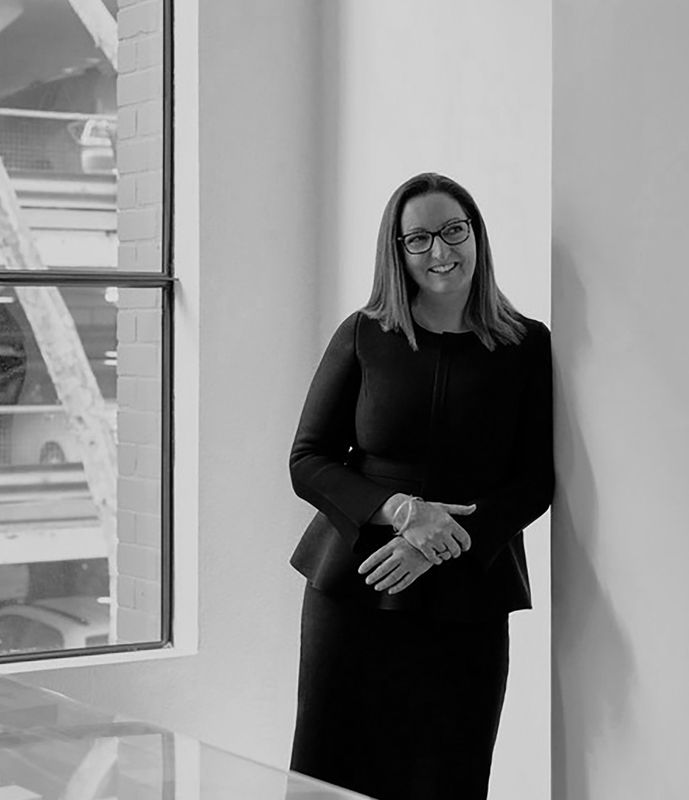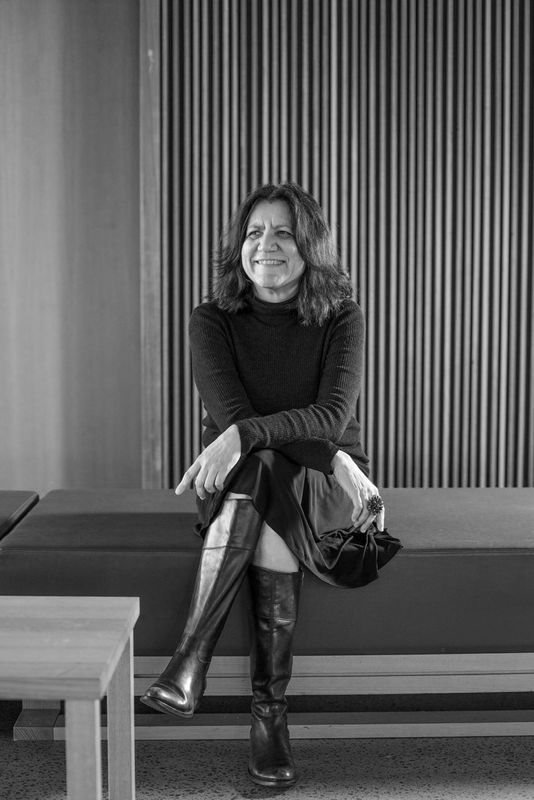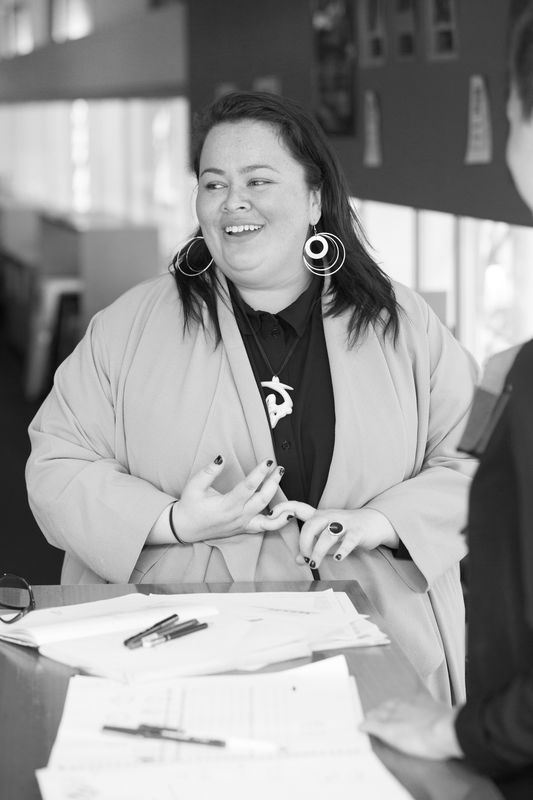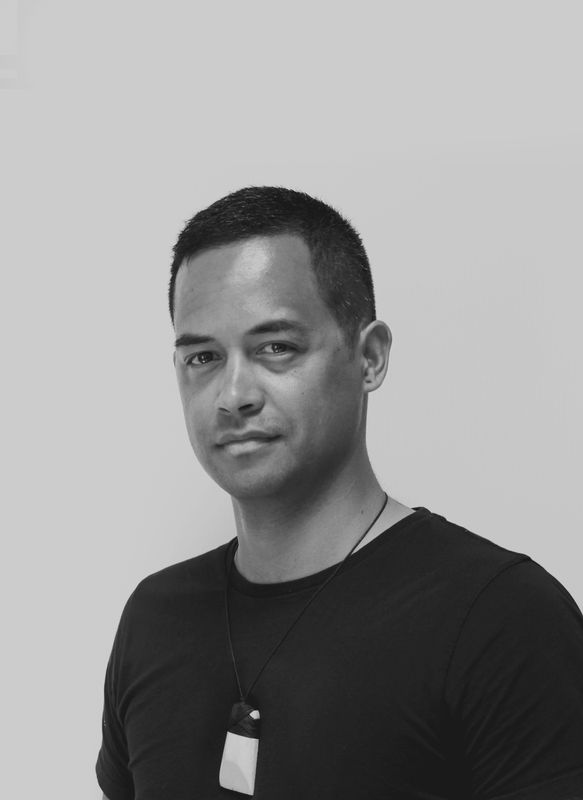As the architecture profession engages more and more with Indigenous peoples across Australia, we are seeing an increase in projects labelled “Indigenous architecture” entered into awards programs. However, the current Australian Institute of Architects awards system and its assessment criteria weren’t necessarily written to account for Indigenous engagement, perspectives and approaches to design. As a result, we risk awarding projects for which the engagement process or outcomes may not be appropriate in the eyes of the Indigenous community representatives who were engaged on the projects. This is especially problematic because awarded projects sit on the permanent record of what we collectively consider and portray to the world as precedents of “good design.”
Here, a diverse range of Indigenous and non-Indigenous practitioners and awards convenors, as well as our Māori colleagues, respond to questions about awarding Indigenous architecture.
Should there be an Indigenous Architecture award?
Shaneen Fantin is director of People Oriented Design (POD) and adjunct associate professor at University of Queensland and James Cook University.
Shaneen Fantin: From a personal interest and advocacy level, yes – I think there should be something. The question then becomes: What’s the criteria, who judges it, and how do you set it up? The award [would need] to have a clear process and structure. It shouldn’t be subjective.
Generally speaking, in the current awards process, we’re awarding categories and typologies; we are not awarding process. Here is an opportunity to review this and broaden the framework for the awards program. Some buildings test the edges of the typology they’re working in. But, more often than not, the awards program is about the beauty of the space, new placemaking, the form, the tectonics and materiality, and the execution of the detail of the design. Often, when working with Aboriginal and Torres Strait Islander peoples, I find that building typologies are viewed differently and that placemaking is an enculturated outcome. When we collaborate properly, we are automatically creating something that is not within a mainstream typology or process.
When it comes to the formation of the jury, there is a fear factor or an ignorance factor that needs to be considered. If jurors don’t have experience to assess the project, are afraid of making a mistake or asking a question, or are feeling in awe of what’s going on, they may not apply critical thinking around the awards process, and this is a risk. The jury needs to have appropriate and experienced participants to assess the award.
My Indigenous guides and mentors would [ask the] question: Why become part of a non-Indigenous awards system in the first place? It would need reframing to an Indigenous methodology to be appropriate, in my opinion.
Louis Anderson Mokak (Djugun) is cultural advisor and architectural assistant at Studio Bright.
Louis Anderson Mokak: I think we all agree that a shift needs to occur whereby what the profession actually determines as “good architecture” has a criticality that involves the voices of Indigenous peoples [and] that is not exclusionary and does not perpetuate western thought and dominance.
I see the incentive in creating an Indigenous award. But what I’m more interested in is how we can lift the benchmark and hold all practitioners to account across the whole profession; to look at the actual means of how Indigenous cultures and knowledge systems are valued, respected and embedded across the board – within all projects, typologies, programs and awards categories.
What is the strategy around setting a different process of awarding architecture? Is the shift made through an Indigenous award or through having Indigenous knowledge systems and values embedded within all sets of criteria in all architecture awards categories? I like to think that the profession can do it through the latter.
I know that there will be different opinions. However, what is imperative is that First Nations peoples and cultures do not become alienated through this process, and that power and benefit does not lie within the dominant role of the architect. For too long, our voices have not been centred and valued. We need to be in the foreground and to have true voice.
There is a breadth of existing architectural awards programs and a handful of Indigenous designer awards. Typically, the Indigenous awards are about celebrating and recognizing individuals rather than projects. So, from the perspective of those who convene architectural awards, what needs to be considered in the formation of a project-based Indigenous award?
Esther Charlesworth is founder of Architects Without Frontiers (Australia) and professor of humanitarian architecture at RMIT University.
Esther Charlesworth: This year, I was the chair of the [Australian Institute of Architects] Northern Territory Architecture Awards. The Indigenous Community Architecture Award was one of the awards and I thought that there were pluses and minuses of the award.
The Institute guidelines were very clear as to … the conceptual framework, public and cultural benefits, built form to context, program resolution, integration of disciplines, cost value, sustainability and user and needs [for each award]. There were also a number of beneficiary statements given, and they were really transformative.
I think what would make it a more robust award would be [firstly] to include Indigenous representatives on the judging panel – and they wouldn’t need to be architects – and, secondly, stronger beneficiary statements. To me, [beneficiary statements were] a weak part of the system; some submissions included them and others [did] not. It’s a generic issue with any project: How do you know what impact you’ve had, and according to whom, and how do you validate the impact?
Ingrid Bakker is a managing principal at Hassell and currently chairs the Awards Committee at the Australian Institute of Architects.
Ingrid Bakker: I do think there should be an award, and we have talked about this at [the Australian Institute of Architects] committee level for quite a few years. I compare it to how I feel about the sustainability award (it’s very different, but there are some similarities). We should all be as sustainable as possible in all projects, and I feel the same way about incorporating and working collaboratively with Indigenous people.
There could be a new category, and a state-based Indigenous award (state-based winners would go into a national prize). It would require really clear guidelines around what the judges will be looking for. The projects would have to demonstrate the process and then the outcome of that process, so that when the jury visit the site, they understand the process [the designer] went through and [can] then judge whether they think it’s a successful translation of process to outcome.
If there wasn’t an award, then the least we could do is incorporate another criteria under all of the judging categories to ask the question: Has there been an Indigenous engagement process? And then that might factor towards the overall prize being awarded to projects that do rather than don’t [engage with Indigeneity] because it’s seen as important.
Mark Bergin is founder and CEO of Driven x Design award programs.
Mark Bergin: I spend a lot of time distilling knowledge from people around the world and what I’ve come to understand in the last few years is that we are in a “solve-based” era, not a style-based era. So, you have to ask yourself the question: Do we wish to celebrate solve or style?
Style is actually a matter of budget in more than 90 percent of cases – if you’ve got the budget and time, you’re going to come up with something beautiful. Solve actually deals with social equity, engagement, sustainability and economy. A great project is able to tackle all of those dimensions; a poor project just looks nice. It’s a simple equation: If your styling is greater than your solve, then you won’t win the award.
With an Indigenous award, you will ask about engagement with the community. And so you need to work out how to determine the dimensions of engagement. Even the best engagement is likely to have some flaws in its execution, as this is the nature of dealing with humans and consensus.
You also need to question what is the best vehicle for an award of this kind and is it the Australian Institute of Architects? We know that Indigenous projects need to have a spotlight shone on them, and the Institute has the capacity to shine a very bright spotlight where it wishes to. So if the values are about what the project solved rather than styled, you will get somewhere.
What are some criteria that would need to be considered in forming an Indigenous award, and how do we navigate the complexities of human politics in this context?
Carroll Go-Sam (Dyirbal) is a lecturer and Indigenous place researcher at University of Queensland.
Carroll Go-Sam: I think an Indigenous award should be about architectural excellence and how this contributes to a recalibration of Australian architecture and identity.
There is an opportunity for this award to further push the boundaries of Indigenous design through the incorporation of multiple stories that represent our complexities. We want Indigenous design in new manifestations, forms and representation. We want to see architecture that is underpinned by a genuine process of engagement, representation and voice. There are a whole range of things that I think can be the basis of the criteria for submission. A carefully evaluated process is critical to project design and Indigenous engagement is essential. The jury would need to have a moderate level of understanding about Indigenous cultures to judge whether any design is reflective of informed understanding of Indigeneity and its diversities.
As a Dyirbal person engaged in different public and professional spheres, I’m constantly navigating my voice and its place in relation to the community voice. Most Indigenous people are aware not to overwrite the voice of the [local] Indigenous community. We need to respect community permissions with projects, regardless of whether we have differing views about architectural taste and methods. I’m interested in how the architect has navigated co-design, partnering and/or community engagement – but whether this process is measurable and should be core to an award is debatable. The award, first and foremost, should be about synergy between Indigeneity and design excellence.
We also have to keep clearly in mind a separation between awards for excellence in design and modes/codes of practice. From my perspective, we don’t want Indigenous people being framed as in need of protection. We must assume Indigenous people have agency and will exercise it by withdrawing permission or support. We need to start from the assumption that the motives for the project or the submission met Indigenous aspirations. This opens up the possibility of co-design. If the award criteria start with works involving co-partnering and co-design as a prerequisite for application, then we may have architecture that is truly Indigenous inspired design excellence.
The questions surrounding an Indigenous Architecture award are not unique to Australia. Ng ā Aho , a national network of Māori design professions, is in the process of developing a Māori Award to sit within the New Zealand Institute of Architecture Awards program.
Elisapeta Heta (Ng a ¯ tiwai, Waikato Tainui) is senior associate and Ma¯ori design leader at Jasmax.
Elisapeta Heta: Many years ago, Ngā Aho developed an award with DINZ [the Designers Institute of New Zealand] that was the first – and has remained the only – award with them that is about awarding process as much as the final outcome. This ran from 2012 until 2019 and the number of people that entered grew every year, growing its prestige. The award was for any discipline and the core criteria essentially talk about M ā ori design process, thinking, community engagement and narratives – the things that you don’t necessarily always see but [that] should be evident somewhere in the outcome.
In my experience, as a past member of the jury, one barrier for this award is that applicants were asked to articulate the design process in 500 words, which was near on impossible. We weren’t necessarily fully able to grasp the depth of [applicants’] engagement and how truthful they were being about what the engagement process looked like and its effect on the community.
There is a complexity when attaching anything Indigenous to something that’s already established because it can be a struggle for that organization to change their processes to acknowledge a completely different method of working. In 2019, the partnership between Ng ā Aho and DINZ ceased due to fundamental cultural differences.
Now, with the NZIA [New Zealand Institute of Architects], we are in a privileged position, as Nga¯ Aho and the NZIA have an existing agreement (Te Kawenata o Rata) that outlines that relationship with one another, and the principles upon which all things are done relative to M ā ori knowledge, customs, protocols and the Treaty [of Waitangi]. Because of this, we knew that we could take things a step further together, and that’s why we’re now exploring what an award might look like and are asking ourselves a lot of the same questions you are.
Whare Timu (Ng ā ti Kahungunu, Te Arawa, T ū wharetoa) is a senior architectural graduate at First Light Studio and the co-opted Ng ā Aho representative on the New Zealand Institute of Architects Te Kahui Whaihanga National Board of Directors.
Whare Timu: What we want to do is to celebrate projects that have strong stakeholdership and to celebrate the working relationships that are formed out of those engagements.
Nothing is written in stone at the moment. We agree on why we are developing this award. Now we need to figure out how we are going to do it, what the criteria are, how we nominate projects, how we judge it.
A number of questions need exploring: Do we want to really challenge the way that we perceive design and architecture? There will be a desire to celebrate the architecture, but is it bigger than design? Is it about the process? Do we actually show the building? Or do we only celebrate the process? Who nominates the projects – is it self-nomination, or the iwi (tribe), the council, the client?
I’m a big advocate for celebrating Māori culture in all of its forms because, deep down, what we are trying to do is create a profile of celebrated Māori design. This is something that all Kiwis should be proud of.
— Sarah Lynn Rees is a Palawa woman descending from the Plangermaireener and Trawlwoolway people of north-east Tasmania. She is a lecturer at Monash University and a graduate of architecture at Jackson Clements Burrows Architects, where she is also a lead Indigenous advisor.
Source
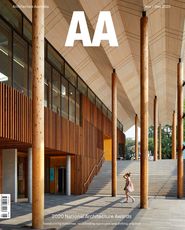
Practice
Published online: 10 Nov 2020
Words:
Sarah Lynn Rees
Images:
Jackson Clements Burrows
Issue
Architecture Australia, November 2020

